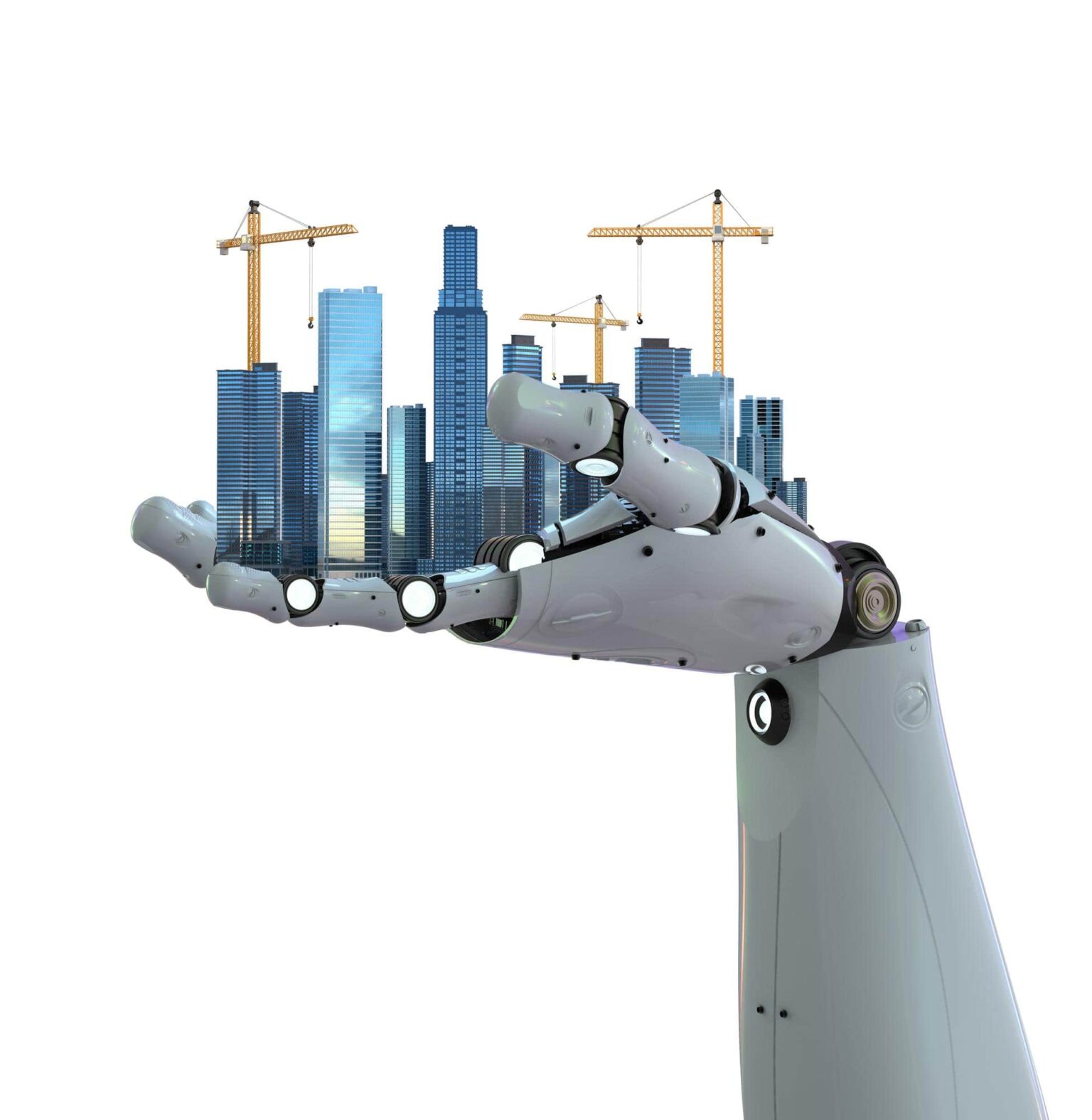Construction robotics are revolutionizing the construction industry by automating and streamlining various tasks involved in demolition, excavation, and assembly processes. Here are some key applications of construction robotics in these areas:
- Demolition: Demolition robots are designed to safely and efficiently dismantle structures. These robots are equipped with specialized tools, such as hydraulic breakers or crushers, that can effectively break down concrete, remove debris, and separate materials for recycling. Demolition robots offer increased precision, reduced risk to human workers, and faster demolition processes compared to traditional methods.
- Excavation: Robotic excavators are capable of performing excavation tasks with high precision and efficiency. These robots are equipped with advanced sensors, machine learning algorithms, and autonomous navigation capabilities. They can accurately dig trenches, remove soil or debris, and prepare the ground for construction. Robotic excavators can work continuously without the need for breaks, resulting in increased productivity and reduced labor costs.
- Assembly and Prefabrication: Robots are increasingly being used in construction for assembly and prefabrication tasks. These robots can handle repetitive tasks, such as bricklaying, plastering, and welding, with high precision and consistency. Robotic systems can work collaboratively with human workers in assembly processes, augmenting their capabilities and improving overall productivity. Prefabrication facilities are also utilizing robots to automate the fabrication of building components, leading to faster production and improved quality control.
- 3D Printing: Construction robots are being employed for 3D printing of building structures. Large-scale 3D printers can create complex architectural forms by depositing layers of concrete or other construction materials. This technology allows for the rapid construction of walls, columns, and other building elements with high precision and reduced material waste. 3D printing with construction robots offers design flexibility, cost savings, and the potential for sustainable construction practices.
- Robotic Welding and Steel Fabrication: Robots are utilized in construction for welding and steel fabrication processes. Robotic welding systems can perform precise and repetitive welds, ensuring high-quality joints and reducing the risk of human errors. They can work continuously and quickly, improving the speed and efficiency of construction projects. Robotic systems can also handle heavy steel components, reducing the physical strain on human workers and improving safety.
- Autonomous Vehicles and Drones: Autonomous vehicles and drones play a role in construction by assisting in various tasks. Autonomous vehicles, such as self-driving trucks or drones, can transport materials and equipment on construction sites, improving logistics and reducing the need for human intervention. Drones equipped with cameras and sensors can perform site inspections, survey land, and provide aerial mapping data, aiding in project planning and monitoring.
The adoption of construction robotics offers numerous advantages, including increased productivity, improved precision, enhanced safety, and reduced labor costs. However, integrating robotics into construction processes requires careful planning, training, and consideration of factors such as site conditions, regulatory compliance, and cost-benefit analysis. As technology continues to advance, construction robotics will likely play an increasingly significant role in transforming the construction industry and shaping the future of construction practices.



